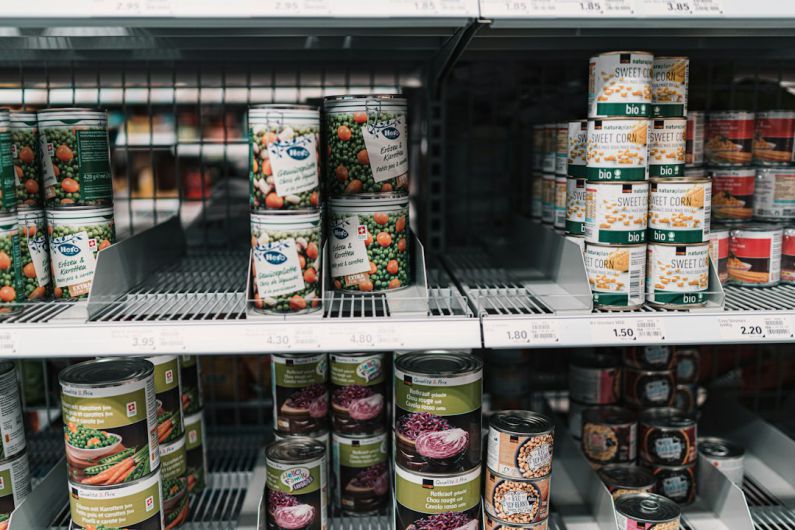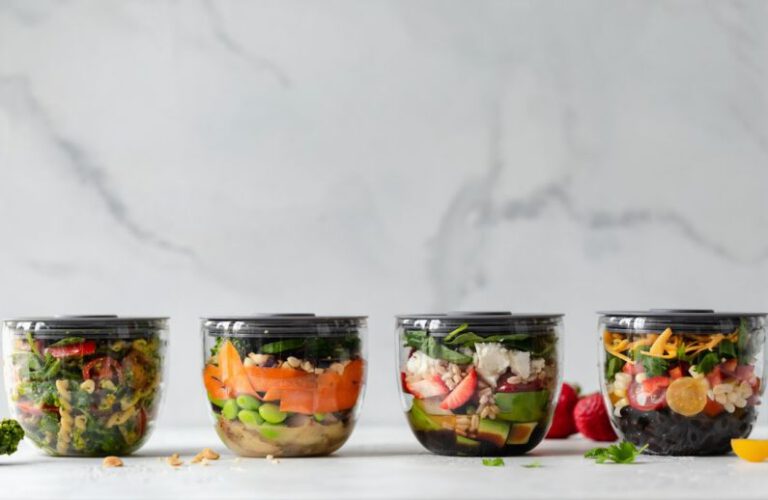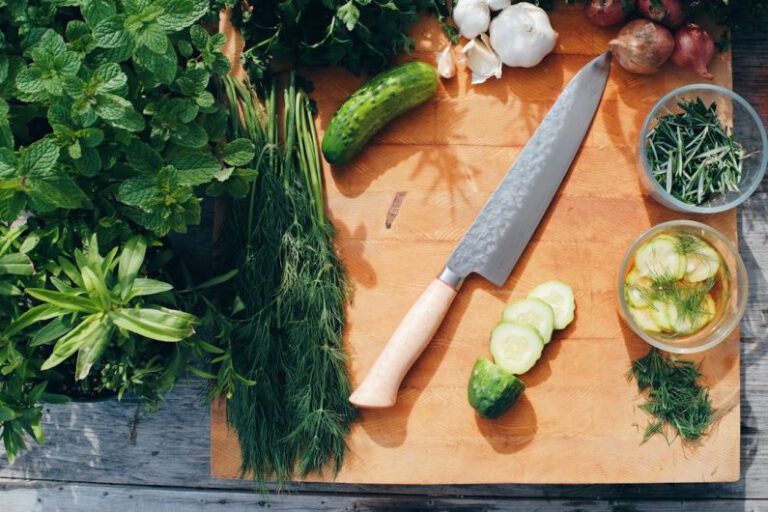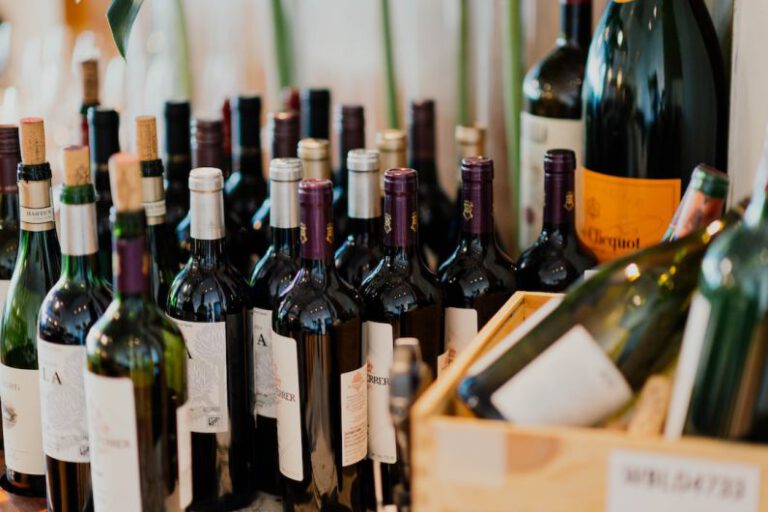Preserving Home-canned Foods Safely
Preserving food at home is a time-honored tradition that allows us to enjoy the flavors of summer all year long. Whether you’re canning fresh fruits, vegetables, or homemade jams and jellies, it’s important to follow proper safety guidelines to ensure that your preserved foods stay safe to eat. In this article, we’ll explore the key steps to preserving home-canned foods safely.
Choosing the Right Equipment
Before starting the canning process, it’s crucial to have the right equipment on hand. This includes canning jars, lids, and rings, as well as a water bath canner or pressure canner, depending on the type of food you’re preserving. Make sure to inspect your equipment for any signs of damage or wear, as compromised equipment can lead to spoilage or contamination.
Preparing the Food
Properly preparing the food is essential for safe home canning. Start by washing and peeling fruits and vegetables, removing any bruised or damaged areas. For low-acid foods, such as meat or vegetables, it’s important to use a pressure canner to ensure that harmful bacteria are destroyed. High-acid foods, such as fruits and pickles, can be safely preserved using a water bath canner.
Filling and Sealing the Jars
When filling the jars, leave the recommended headspace to allow for expansion during processing. Use a funnel to avoid spills and wipe the jar rims clean before placing the lids and rings on top. Ensure that the lids are properly sealed by checking for a vacuum seal after processing. If the lid pops or can be easily pushed down, the jar did not seal correctly and should be refrigerated or reprocessed.
Processing the Jars
The processing time and method will depend on the type of food you’re canning. For water bath canning, the jars are submerged in boiling water for a specific amount of time. This method is suitable for high-acid foods. Pressure canning involves using a specialized pot that reaches higher temperatures, which is necessary for low-acid foods. Follow a trusted recipe or canning guide to determine the correct processing time and method for your specific food.
Storing and Checking for Spoilage
After the jars have been processed and cooled, remove the rings and check the seals. Store the jars in a cool, dark place, such as a pantry or cellar, to extend their shelf life. Regularly inspect the jars for any signs of spoilage, such as mold, off smells, or cloudy liquid. If you suspect that a jar may have spoiled, err on the side of caution and discard it.
Labeling and Rotation
To ensure that you use your home-canned foods before they expire, it’s important to label each jar with the contents and the date it was preserved. Place newer jars at the back of your pantry or storage area and use the oldest ones first. This practice, known as rotation, helps prevent food waste and ensures that you’re always consuming the freshest preserved foods.
Conclusion: Enjoying Safe Home-canned Foods
Preserving home-canned foods is a rewarding and delicious way to savor the flavors of the season. By following the proper procedures for equipment, food preparation, filling and sealing jars, processing, and storage, you can enjoy your home-canned foods with confidence. Remember to regularly check for spoilage and practice rotation to ensure that your preserved foods remain safe and enjoyable to eat throughout the year.






